Keeping a sharp blade on hand, while in the woods, can come in handy when faced with certain obstacles. Whether cutting rope, dressing a deer, or even gutting a fish – there’s one thing each of these tasks share…and that is they cannot be accomplished with a dull blade.
That’s why I’ve decided to put together this post on sharpening a hunting knife, the RIGHT way! After reading this article and implementing all that I’ve laid out, I can assure you’ll be equipped with a very sharp knife on your next hunting trip. It’s really not all that difficult; all you need is a knife, a stone or knife sharpener and maybe a little bit of your own saliva.
Ready?
Good…let’s get started!
Freehand Sharpening
Developing the ability to sharpen a knife, free-handed, is something that can only be learned through trial and error – mostly error at first, though.
I have my own way of sharpening a knife so bear in mind, that what I will be showing you today is neither wrong or right, just my method of doing it. Now, if you want to master freehand knife sharpening, you need to be able to consistently keep the angle of the knife to the stone.
Otherwise, you’ll just end up with a dull knife. The key is to get a nice flat bevel, instead of around one. Yes, it will take some time to get it right, but this simply cannot be mastered in just a few short hours; you’ll need plenty of practice as well as patients.
Invest in a Bench Stone
One thing you’ll want to do is invest in a good bench stone if you want to get a sharp knife, and there are several options available on the market, such as natural Arkansas stones and then the man-made ones like Norton India bench stones.
Then you have the option of choosing a diamond-bonded stone, from Diamond Machining Technology. I use the Norton India bench stones, but it really doesn’t matter, just as long as it’s a good stone.
You’ll also want to make sure you select a stone that’s right for the type of steel your blade is made of. High-performance steels, such as the blades from Cold Steel Knives, work really well with Diamond stones.
If your blade is made of low-to-mid-grade stainless, Norton India or Arkansas bench stones might be right up your alley. One thing to keep in mind is that Diamond stones use water to sharpen while others are going to use some type of oil.
Sharpening Your Knife
To get good at freehand sharpening, there’s no better way than to jump right in. First, take a black permanent sharpie marker and color the edge of the knifes bevel that you’ll be sharpening (this is the primary edge of the knife).
What we’re basically doing here is sharpening off the black marker, so that once all have been sharpened off the edge, the blade will be sharpened.
Start by taking just a few strokes at the stone and then stop to examine the edge of the knife. If you notice any marker at the top of the edges bevel, this means you need to decrease the angle of the knife’s blade. If you notice any of the ink at the bottom of the blades bevel you’ll just need to increase the angle of the blade.
Make sense?
Conclusion
There are many more tips and tricks you can use to hone your knife sharpening skills, but they’ll come in a later post. What’s important is that you practice as often as possible, that way you get into your groove. When I say “groove,” I essentially mean you’ll begin to develop your own technique. Hopefully, this article answered some of your questions regarding how to sharpen a hunting knife.


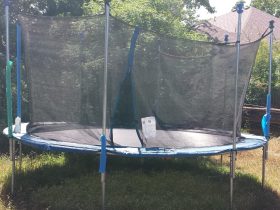


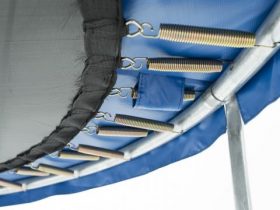


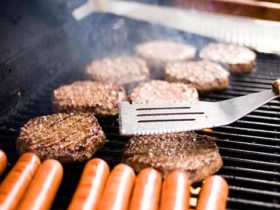
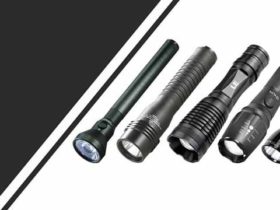
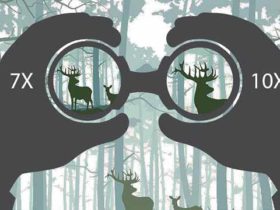
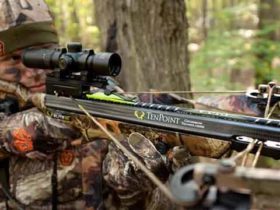

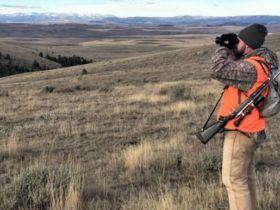

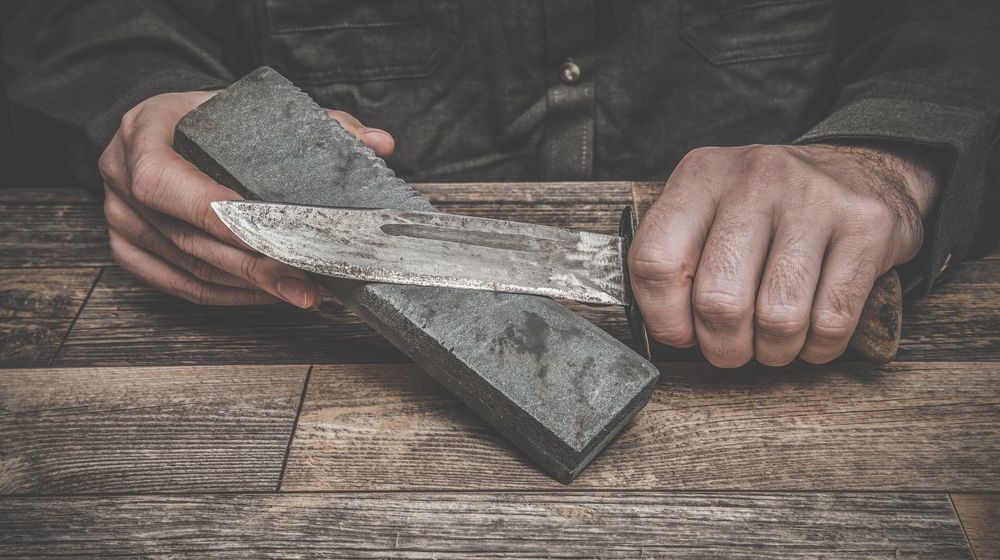




Leave a Reply
View Comments